The ocean teems with life, a dazzling array of creatures navigating a world vastly different from our own. Among these fascinating inhabitants is the Green Jack, a schooling fish renowned for its vibrant coloration, energetic behavior, and crucial role in marine ecosystems. This guide delves into the world of the Green Jack, exploring its biology, behavior, habitat, and relationship with both the natural world and humankind.
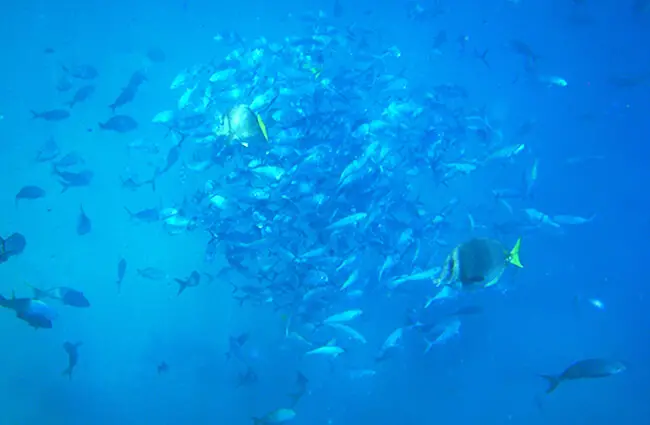
Understanding the Green Jack
The Green Jack, scientifically known as Caranx carinus, belongs to the Jack family (Carangidae), a group of ray-finned fish characterized by their powerful, streamlined bodies. These fish are easily identifiable by their striking olive-green or bluish-green backs which fade to silvery sides and bellies. This coloration provides excellent camouflage in their open ocean habitat. Adult Green Jacks typically reach lengths of up to 30 inches and can weigh over 15 pounds, though size varies depending on location and food availability.
Habitat and Distribution
Green Jacks are a pelagic species, meaning they inhabit the open ocean rather than near shorelines or the seafloor. They are found in tropical and subtropical waters around the world, including the Atlantic, Pacific, and Indian Oceans. Common locations include the waters off the coasts of Central and South America, Hawaii, Africa, and Australia. They tend to favor areas with strong currents and upwelling, which bring nutrient-rich water to the surface, supporting a thriving food web. They are frequently observed near seamounts, reefs, and islands, utilizing these features as foraging grounds.

Diet and Feeding Behavior
Green Jacks are voracious predators, playing a vital role in regulating populations of smaller fish and invertebrates. Their diet consists primarily of small schooling fish such as sardines, anchovies, and herring. They also consume squid, crustaceans, and occasionally jellyfish. They are opportunistic feeders, readily taking advantage of any available food source. A key element of their hunting strategy is their speed and agility. They are capable of accelerating rapidly to pursue prey and often hunt in coordinated groups, surrounding and corralling schools of fish. They use their sharp teeth to tear apart their catch.
Social Behavior and Schooling
One of the most remarkable aspects of Green Jack behavior is their tendency to form large, dynamic schools. These schools can range from a few dozen individuals to several hundred, even thousands, creating a breathtaking spectacle in the ocean. Schooling provides numerous benefits, including increased protection from predators through collective vigilance and dilution of risk. It also enhances foraging efficiency, allowing the fish to locate and capture prey more effectively. Within these schools, complex social interactions occur, with individuals constantly adjusting their positions and movements in response to changes in the environment and the behavior of other fish. They demonstrate remarkable coordination and communication.
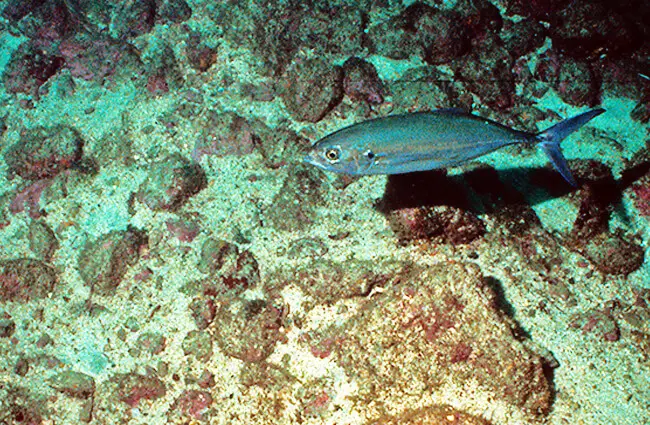
Reproduction and Life Cycle
Green Jacks are broadcast spawners, meaning they release their eggs and sperm into the water column for external fertilization. Spawning typically occurs during the warmer months, often coinciding with seasonal increases in plankton abundance. Females release millions of buoyant eggs, which drift with the currents. These eggs hatch into larvae, which are planktonic and feed on microscopic organisms. As the larvae grow, they develop into juveniles, gradually transitioning to a more predatory lifestyle. Green Jacks reach sexual maturity at around 3–5 years of age. Their lifespan is estimated to be around 15–20 years, though this can vary depending on environmental conditions and predation pressure.
Ecological Role and Interactions
Green Jacks are important components of marine food webs, acting as both predators and prey. They help to control populations of smaller fish and invertebrates, preventing any single species from dominating the ecosystem. In turn, they serve as a food source for larger predators such as sharks, tuna, and billfish. Their schooling behavior can also influence the distribution and behavior of other species, creating dynamic interactions within the ecosystem. They are often found alongside other schooling fish, and their presence can attract a variety of marine life.
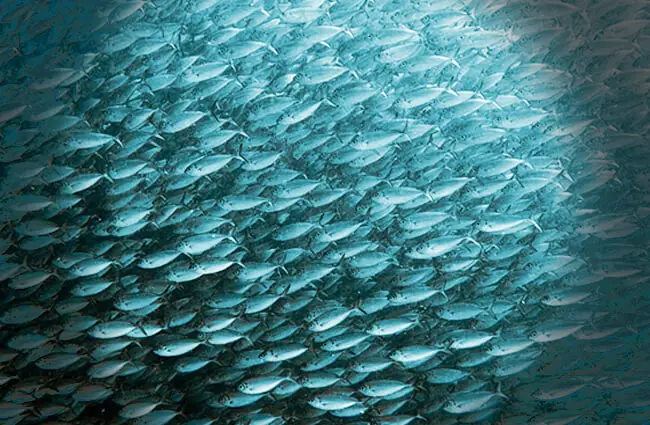
Green Jacks and Humans
Green Jacks are a popular target for recreational anglers, prized for their fighting spirit and delicious flavor. They are also commercially harvested in some regions, contributing to local economies. However, overfishing and habitat degradation pose threats to their populations. Sustainable fishing practices and marine conservation efforts are essential to ensure their long-term survival. Additionally, understanding their behavior and ecology is crucial for responsible fisheries management. Reports of ciguatera poisoning, a foodborne illness, have been linked to consuming Green Jacks, emphasizing the importance of safe handling and preparation of seafood.
Encountering Green Jacks in the Wild
If you are fortunate enough to encounter a school of Green Jacks while snorkeling, diving, or boating, observe them from a respectful distance. Avoid sudden movements or loud noises that might startle them. Do not attempt to feed or touch them, as this can disrupt their natural behavior. Remember that they are wild animals and should be treated with caution and respect. Appreciate the spectacle of their schooling behavior and their role in the marine ecosystem.
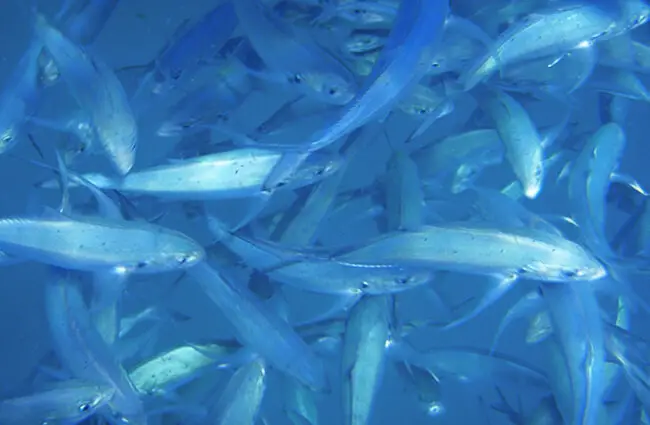
Caring for Green Jacks in Captivity
Maintaining Green Jacks in aquariums requires specialized expertise and resources. They need large tanks with strong filtration systems to maintain water quality. They are active swimmers and require ample space to exercise. Their diet should consist of a variety of fresh or frozen fish and invertebrates. Regular monitoring of their health and behavior is essential to detect and address any potential problems. Socialization is important, as they are schooling fish and thrive in groups. Providing enrichment activities, such as simulating currents and introducing novel objects, can help to keep them stimulated and engaged.
Evolutionary History
The Carangidae family, to which the Green Jack belongs, has a rich evolutionary history dating back to the Eocene epoch, approximately 56 to 34 million years ago. Early carangids were likely less specialized and inhabited coastal waters. Over time, they diversified and adapted to a wider range of habitats, including the open ocean. The Green Jack’s streamlined body, powerful muscles, and efficient respiratory system are all adaptations that have evolved to enhance its ability to thrive in the pelagic environment. Phylogenetic studies, based on genetic and morphological data, are helping to refine our understanding of the evolutionary relationships within the Carangidae family.
Interesting Facts
- Green Jacks are known for their remarkable speed and agility, reaching speeds of up to 25 miles per hour.
- They are capable of making surprisingly acrobatic leaps out of the water, possibly to evade predators or dislodge parasites.
- Within their schools, there is often a loose social organization, with some individuals taking leading roles.
- They play a role in the transport of nutrients within the marine ecosystem, as they consume prey from different areas and deposit waste in others.
- Their iridescent scales reflect sunlight, creating a dazzling display as they swim through the water.
The Green Jack stands as a testament to the beauty and complexity of marine life. By understanding their biology, behavior, and ecological role, we can better appreciate their importance and work towards their conservation for generations to come.

![Red Angus Closeup of a beautiful Red Angus cowPhoto by: U.S. Department of Agriculture [pubic domain]https://creativecommons.org/licenses/by/2.0/](https://animals.net/wp-content/uploads/2020/03/Red-Angus-4-238x178.jpg)
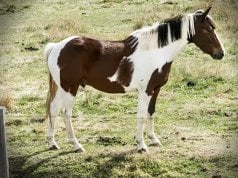
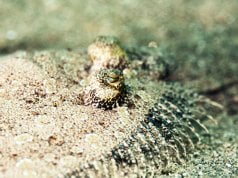
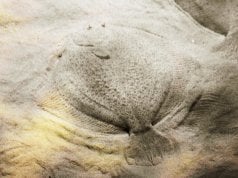
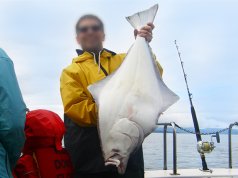
![Red Angus Closeup of a beautiful Red Angus cowPhoto by: U.S. Department of Agriculture [pubic domain]https://creativecommons.org/licenses/by/2.0/](https://animals.net/wp-content/uploads/2020/03/Red-Angus-4-100x75.jpg)

